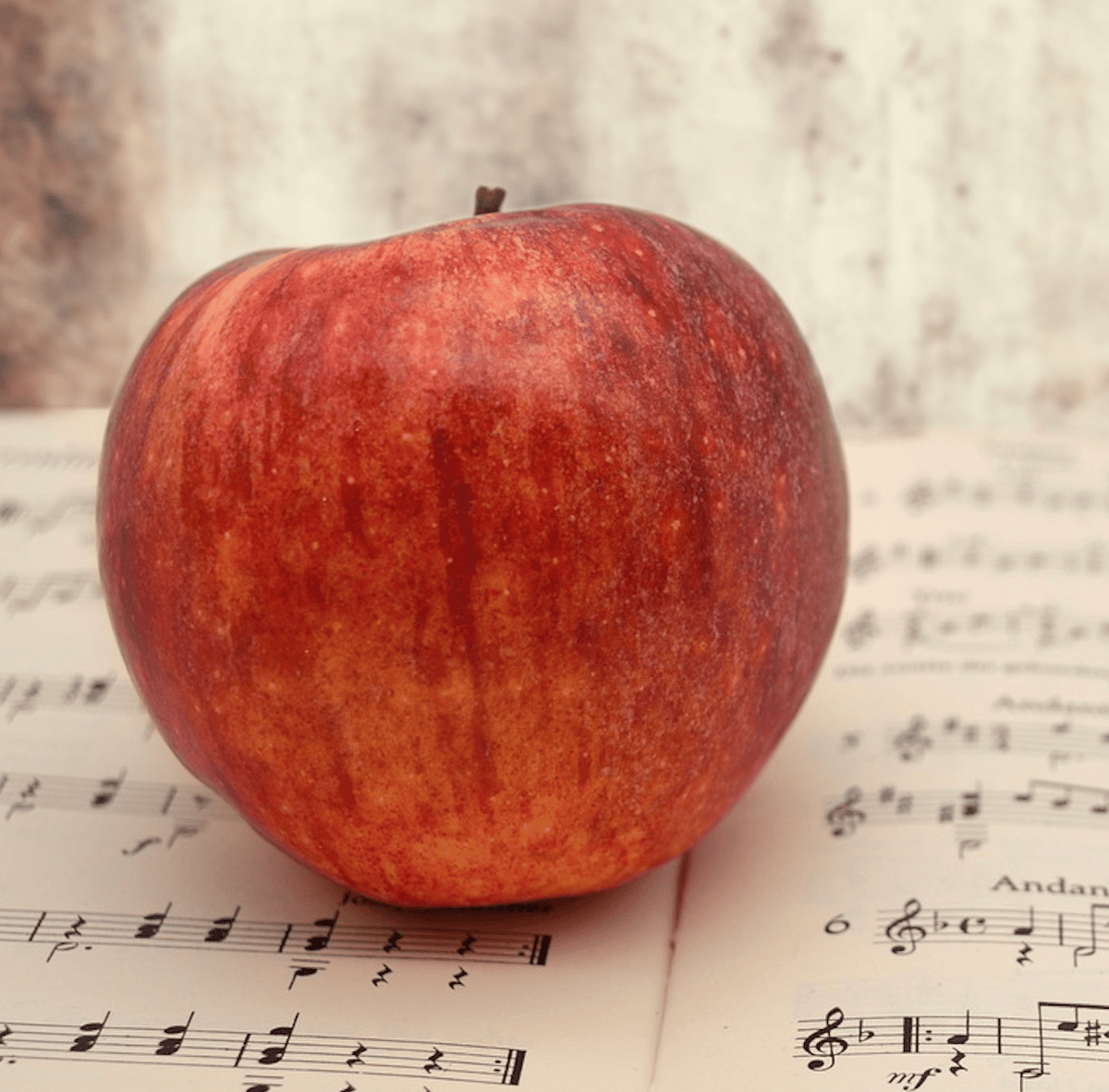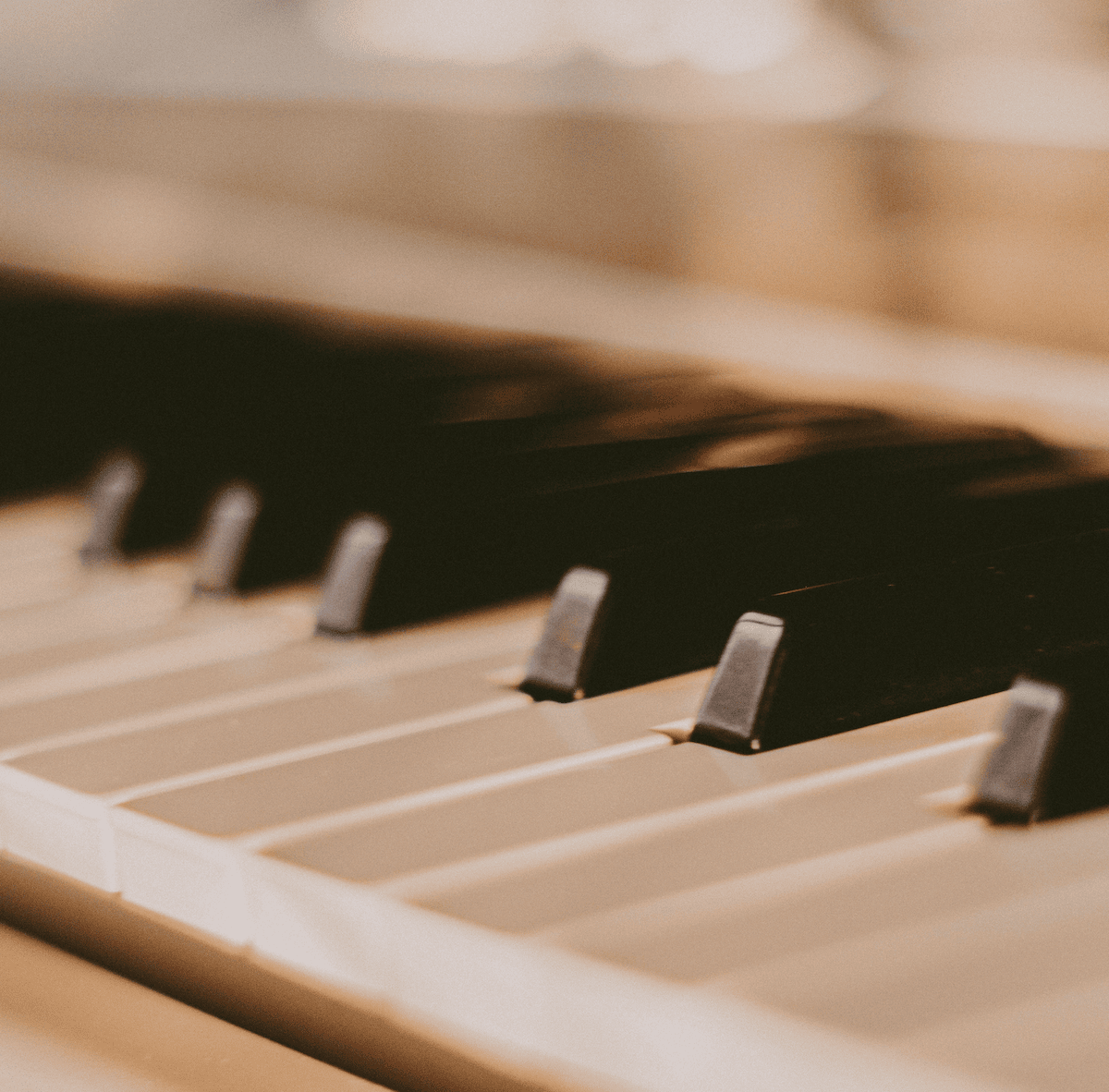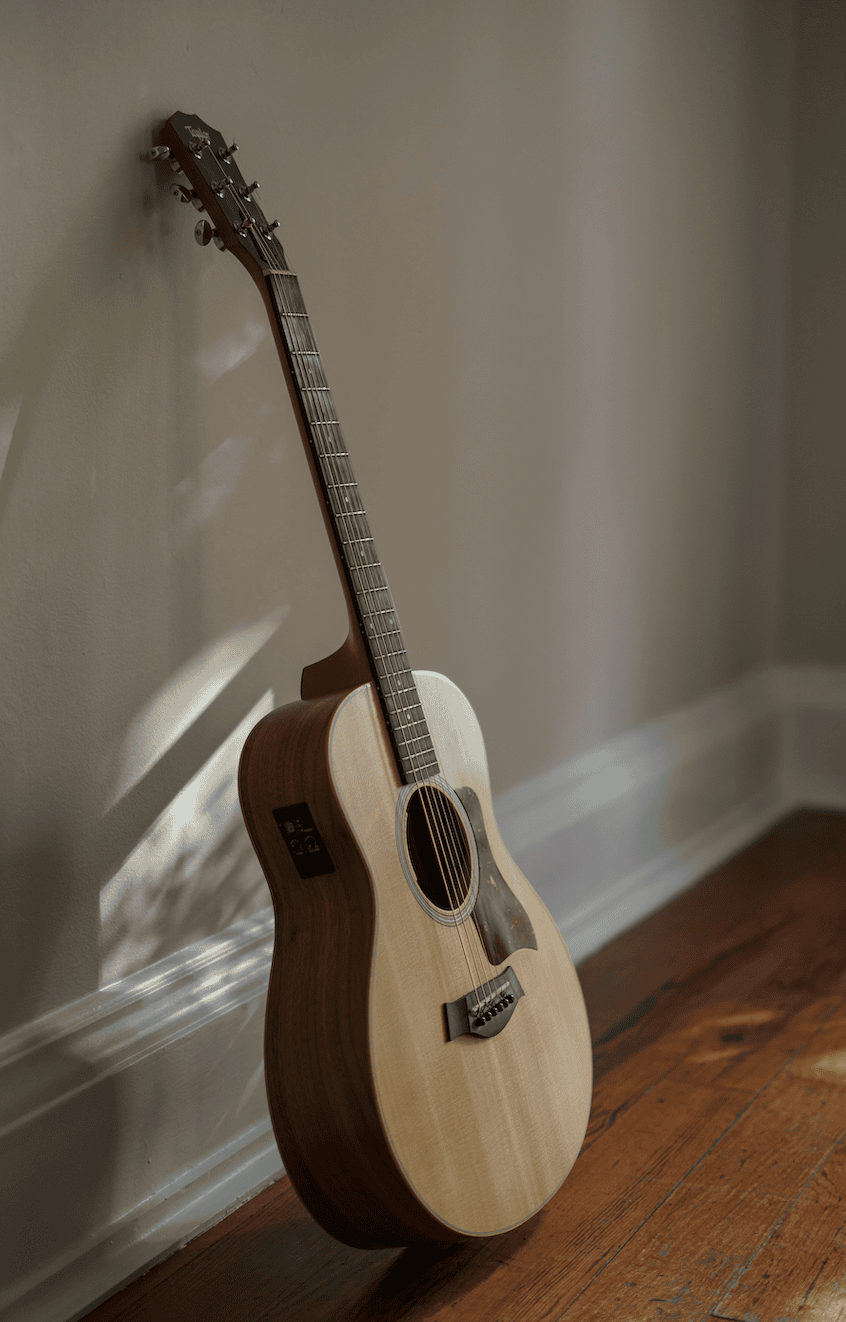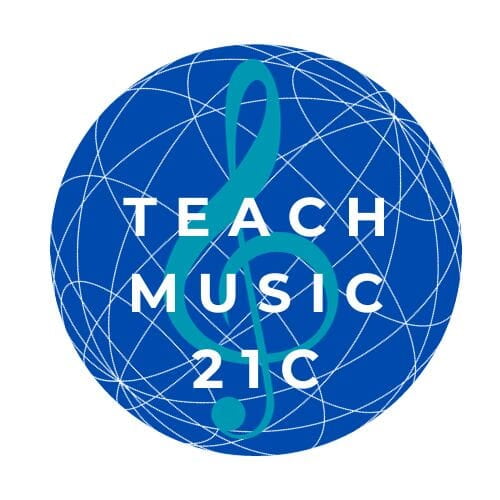It’s the end of summer. Music lessons are resuming. And music teachers everywhere are concerned about how to help students following their summer break.

How can music teachers effectively help students transition back to music after their summer break? What steps are productive? What steps are less effective?
Are you anxious or excited about students resuming lessons?
As we get closer to September, it’s not unusual for music teachers to experience a mix of apprehension and anticipation. The key to navigating this transitional period smoothly lies in how we approach the initial lessons.
Try these three steps to reignite students' music making at the beginning of the school year:
1. Start with Where Students Were at Their Last Lesson
The simplest way to ease back into lessons is by revisiting the material students were working on before the summer break. Students’ most familiar repertoire really does provide a secure foundation for students to regain their confidence and fluency without feeling overwhelmed.
For sure, things may not be as polished as prior to the summer break. By starting with students’ successes, music teachers confirm that students’ former pieces have long term value. And that we don't need to abandon old repertoire in order to learn new pieces. Staying connected to and further building on their previous accomplishments is part of our ongoing plan for student progress. (We'll have lots of time to explore new formal repertoire once we've got things up and running.)

2. Take Two or Three of Students’ Formerly Best Pieces and Change Things Up
This time around it’s important to treat students' best pieces differently than we did prior to the summer break. Changing things up is a great way to engage students’ active participation and provides opportunities to reinforce technical skills and creativity.
I like challenging students to reinterpret their best pieces with exaggerations, opposites, or alternative styles. Like my students Alex, who previously focused on playing a piece with a steady tempo; he enjoys changing things up by deliberately exploring variations in tempo. With Jennifer, who worked on sculpting lovely rainbow phrases; now it’s time for new shapes.
The point is to reenergize students’ interest in music making and empower them to approach their practice with fresh ideas.
3. Make It a Priority to Explore Students’ Own Choice Pieces
Before diving into new material from the teacher’s repertoire, I make space for students to explore pieces from their own wish lists. I like seeing what happens when students bring in pieces they’ve discovered on their own or those they’ve grown curious about during the summer.
This personal choice is a reminder for me that I’m here to assist students by reinforcing their ownership of their musical journey. Making students’ preferences a key component of the curriculum is an easy way for music teachers to validate students’ musical underpinnings, as well as maintain students’ enthusiasm and commitment to their musical growth.

I think all music teachers can appreciate that while the return to music lessons after a summer break may have its downside, this time can be a rewarding period for both students and teachers.
By starting with what students already know, changing things up, and incorporating students’ personal choices, I’m always pleasantly surprised at how quickly students regain the fluency and security they enjoyed prior to the summer. In just a few short weeks it’s hard to tell students spent any time away from the instrument.
So let’s make it happen.
Let’s embrace the upcoming weeks as an opportunity to refresh our teaching approach and reignite your students’ passion for music making. Let’s turn the beginning of the school year into a dynamic and inspiring continuation of the musical journeys that are already underway.
